Van road trip: the most beautiful destinations to try next
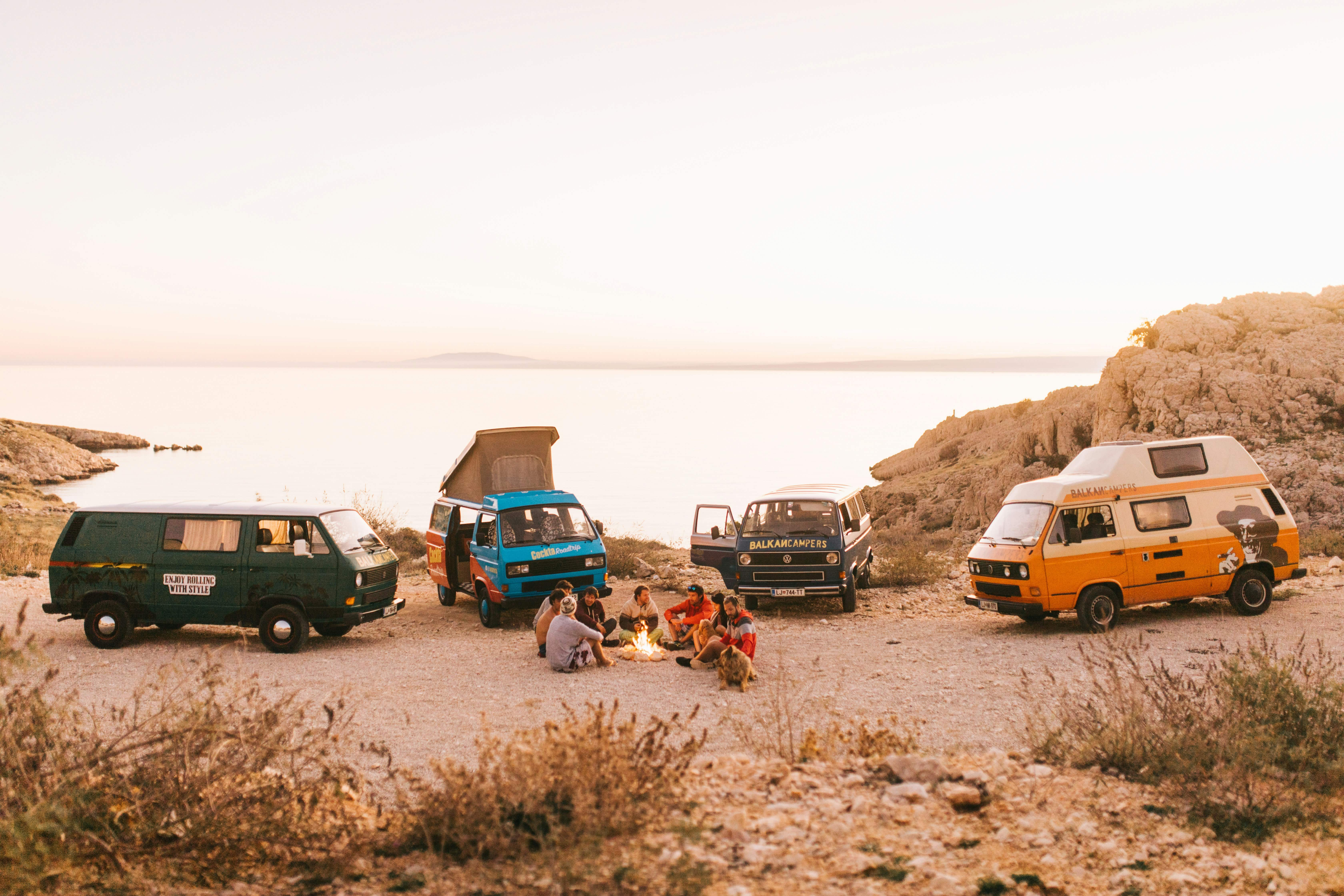
Summary
- 1. What sets a van road trip apart
- 2. Before you go: how to plan the right kind of route
- 3. Five van road trip destinations worth adding to your list
- 4. What helps make a trip like this go well
- 5. Stay organized on the road
- 6. Renting a van with Europcar: a simple way to get started
- 7. FAQ about van road trips
Taking a van gives you the flexibility to visit more than one place without needing to pack and unpack at every stop. You carry everything you need, you have a space to sleep, and you can shift your route without stress. Some journeys are more calm than others, and spending a little time preparing helps the days on the road feel easier.
What sets a van road trip apart
A way to travel without the usual limits
Van travel removes the need to stick to bookings or train schedules. If you reach a location and it feels overcrowded or unwelcoming, you can continue on without delay. There’s no need to cancel accommodation or plan around check-in times. You arrive when it suits you and leave when it no longer does.
A more comfortable setup than you might think
A van gives you your own bed, a way to store food, and space for daily needs. You won’t need to carry bags through hotel lobbies or wait for a room to be ready. Even a compact model becomes practical with a few clear choices: gear that folds flat, simple meals, and clothing that suits different weather conditions. Less gear means less time spent repacking or searching for things.
Room for quiet stops or longer getaways
A short weekend or an extended trip both work well in a van. You might head for a single destination or include several along the way. Either way, the vehicle remains your base. There’s no need to change spaces each night, which gives your trip a more steady rhythm.
Before you go: how to plan the right kind of route
Match the distance with the time you have
Travel times often stretch out once you avoid main highways or look for less busy roads. Shorter routes give you more room to stop for meals, take breaks, or reroute if needed. It’s easier to adjust along the way when the schedule isn’t too tight. Planning by what feels manageable each day gives better results than sticking to what looks efficient on a map.
Think about access and road types
Some places suit van travel better than others. Roads through cities, up mountains, or far from services can slow you down or cause problems. It helps to check what kind of roads you’ll face and where you can park legally overnight. Some national parks offer marked areas for camper vans. Towns and cities vary in what they allow, so check local rules before you arrive.
Get your van ready and don’t overpack
Bring only what you expect to use. Water, food, light, power, and rest should stay easy to reach. Avoid loading up with extras “just in case.” Focus on the items that fit into your daily routine. If you’re renting, test the controls and layout before you leave the lot. Five minutes of preparation can save you hours of confusion later.
Good to know
Some areas don’t offer strong mobile coverage or detailed signs. Save your key stops before you leave. This includes fuel, parking, and overnight locations. For electric vans, map out charging stations ahead of time. Europcar offers several electric options suited to shorter routes and city trips.
Five van road trip destinations worth adding to your list
The Pacific Coast Highway (California to Oregon)
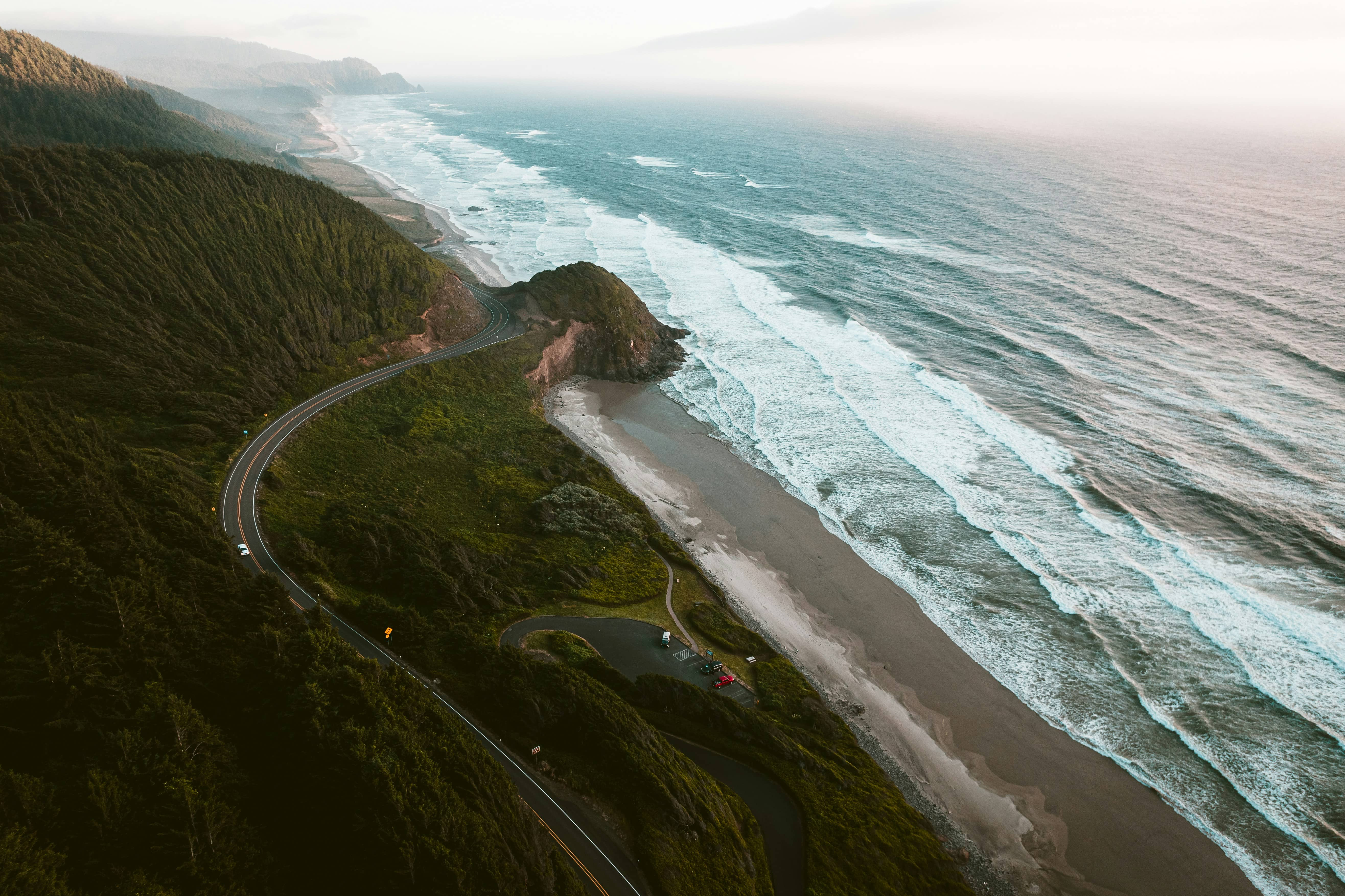
This section of Highway 1 traces the western edge of the US, beginning near Monterey and reaching the upper corner of Oregon. Along the route, you pass through towns like Santa Cruz, Big Sur, and Mendocino. Each town provides supply stops, and you’ll find rest areas and parks with places to stay. Roads here are smooth and wide enough for large vans.
Great Smoky Mountains National Park (Tennessee/North Carolina)
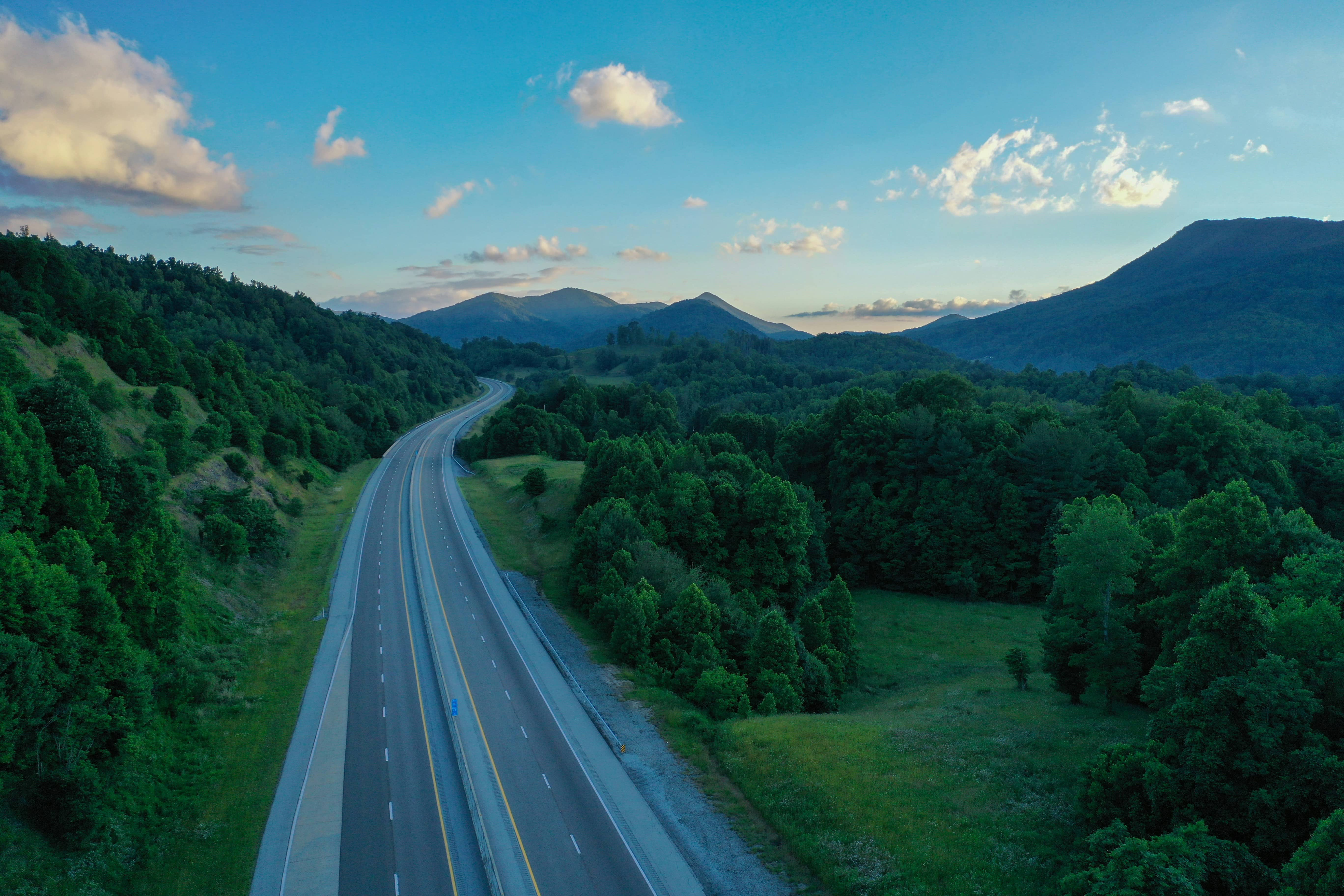
This park attracts travelers with simple roads, clear signs, and easy access to outdoor spaces. Many campgrounds sit close to trails, streams, and open viewpoints. Popular areas like Cades Cove or Newfound Gap let you stop for a few hours or for the night. Towns such as Gatlinburg or Cherokee are nearby for supplies. Spring and autumn give cooler days and fewer people on the road.
The Scottish Highlands
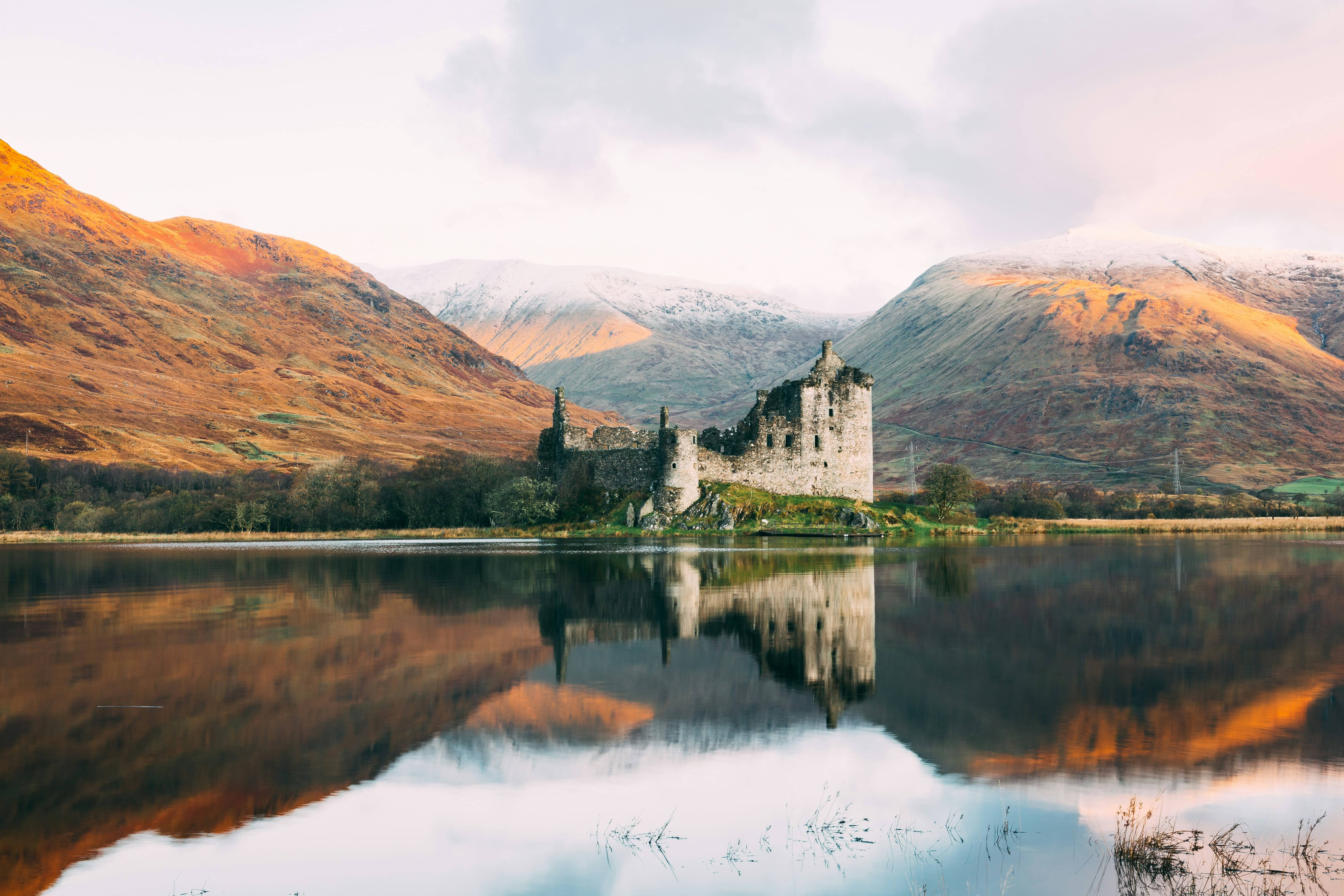
Northern Scotland offers long roads and open spaces. The North Coast 500 covers over 500 miles through smaller villages and rugged coasts. Some roads become narrow, but most include pull-off areas. Outside summer, many villages let vans park overnight. Gas stations and shops appear often enough, though distances between them can grow, so refill early. Wet days are common, so keep gear dry and lighting strong.
The Alsace Wine Route (France)

This road runs between Strasbourg and Mulhouse. The full route covers around 170 kilometers (105 miles) and goes through a string of villages known for vineyards. Many of these villages offer parking for vans, along with water and waste points. Ribeauvillé, Eguisheim, and Riquewihr have bakeries, groceries, and footpaths nearby. The landscape stays flat and access is simple most of the year.
The Dolomites (Northern Italy)
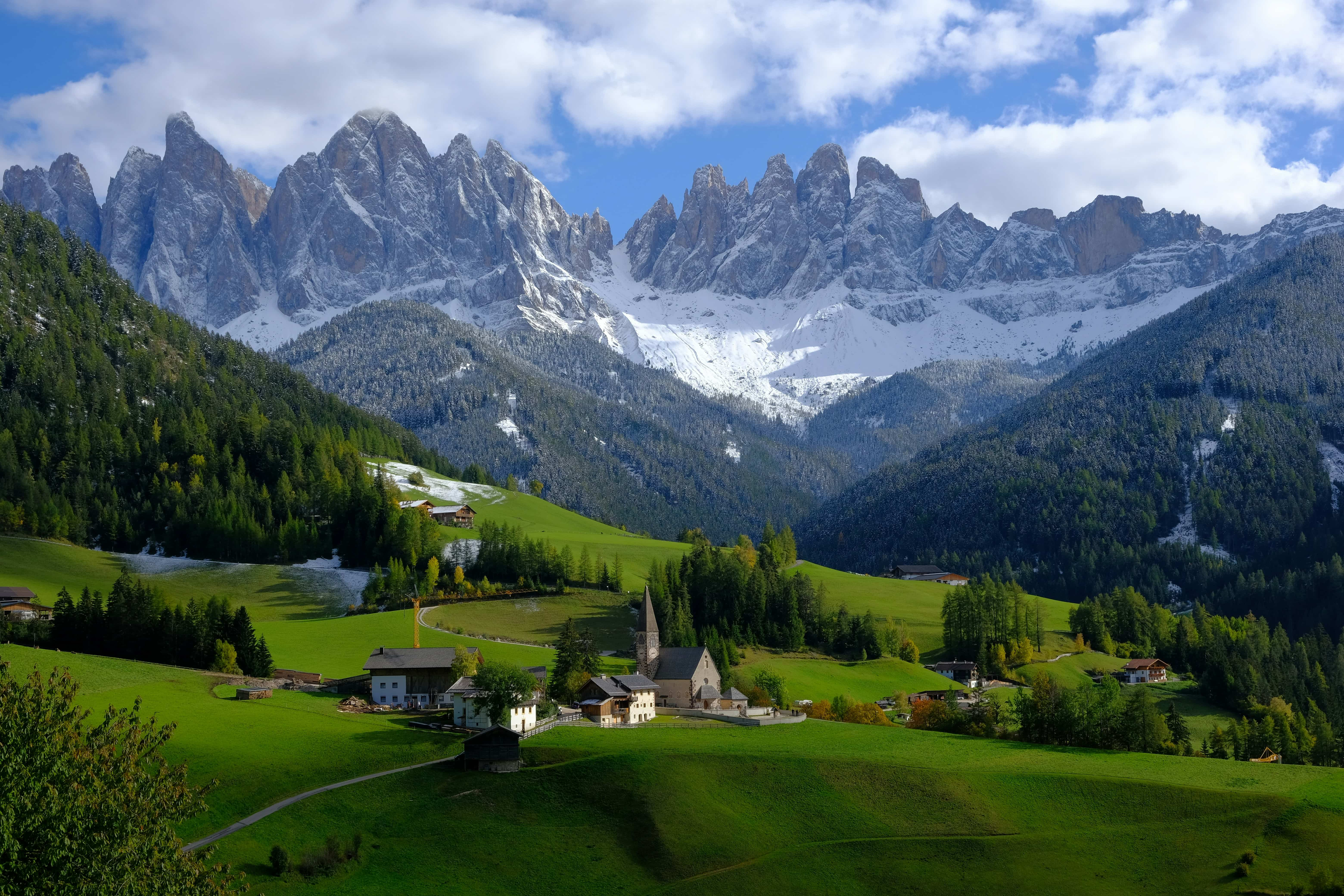
Driving in the Dolomites takes more effort, but the region gives a clear reward. Mountain roads link towns like Cortina d’Ampezzo (an emblematic Winter Olympics city), Ortisei, and Dobbiaco. Along the way, you’ll find lakes, forest paths, and ski areas. Public and private parking lots near these towns accept vans. Arriving early helps, since spaces fill quickly in summer. Roads may rise and curve sharply but stay in good condition. Shops are well stocked, and water fountains appear in many towns.
Transylvania (Romania)

Van travel in this part of Romania feels slower, with more distance between towns. Roads between Brașov, Sibiu, and Sighișoara are paved and quiet outside major routes. It helps to keep food and fuel on board, as rural services are limited. Towns hold markets and many families run small shops. Official van stops are rare, but guesthouses and farms sometimes welcome parked vans for a fee. Travel is easiest between May and September.
What helps make a trip like this go well
Keep your days simple
Covering too much ground in a single day often leads to fatigue and fewer breaks. Allow time to eat, rest, and take detours. In some places, roads close without notice or parking becomes hard to find. Stopping early works better than searching for a place late in the evening.
Be ready to adapt
Plans fall through. A rest stop might be full. A road may close. Another option might appear nearby. Staying flexible keeps stress low. Know the parking rules for each area. Bring printed maps or download locations so you don’t rely on signal alone.
Stay organized on the road
Even when your plans are clear, the van needs order. Not every stop includes services, and you might lose signal along the way. A few practical tools help: a place for cooking items, a box for clothes, and spots to hang lights or gear. Tidying after each stop saves time when it counts.
Renting a van with Europcar: a simple way to get started
Pick-up and drop-off options that fit your route
Round trips don’t suit everyone. Europcar lets you pick up in one city and return in another. This option can shorten your travel time or open up more places to visit. It’s easy to design a trip that follows the direction you prefer.
Vans available for short or long trips
Weekend breaks and cross-country drives don’t need the same setup. Europcar has vans in different sizes, with features built for each type of travel. Some offer extra room, others run on electric power for urban use. Choose the one that fits your plan best.
FAQ about van road trips
Do I need a special license to drive a van in Europe or the US?
In most cases, a standard driver’s license is enough to rent and drive a van. Always check local requirements before your trip if you’re crossing borders or renting a larger model.
What size of van is best for a road trip?
That depends on the length of your trip, the number of people traveling and how much you plan to bring. For solo travelers or couples, a compact van may be easier to handle. For longer routes or extra gear, more space can be helpful.
Can I park and sleep anywhere in a van?
Rules vary by country and region. Some areas allow overnight stays in public lots or designated spaces, while others require booking a formal campsite. It’s important to check signs and local guidance before stopping for the night.
What should I bring for my first van trip?
Basic supplies include bedding, simple cooking tools, water, a flashlight or lamp, a power bank and clothing for different weather. If you’re renting a van, ask what’s already included so you can avoid overpacking.
Are there electric vans available for road trips?
Yes, in some regions, Europcar offers electric vans suitable for shorter routes or urban trips. If you plan to drive long distances, check charging station availability and plan your stops in advance.